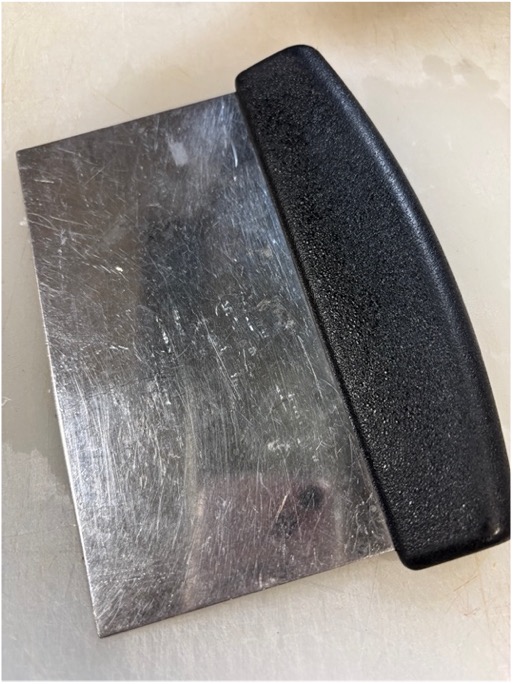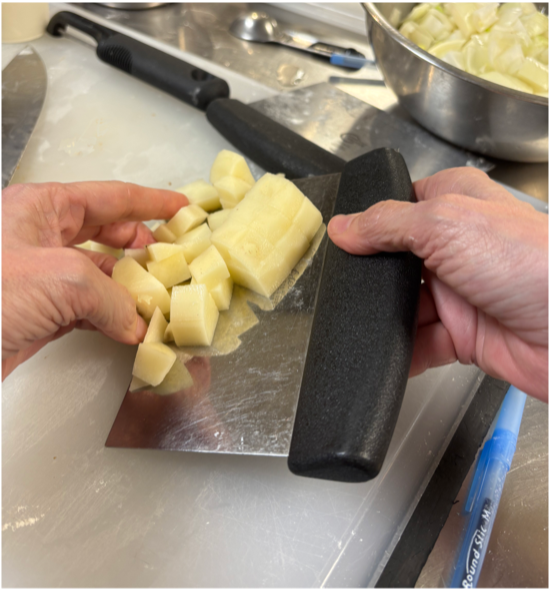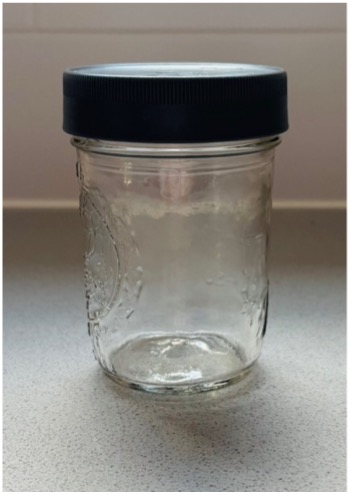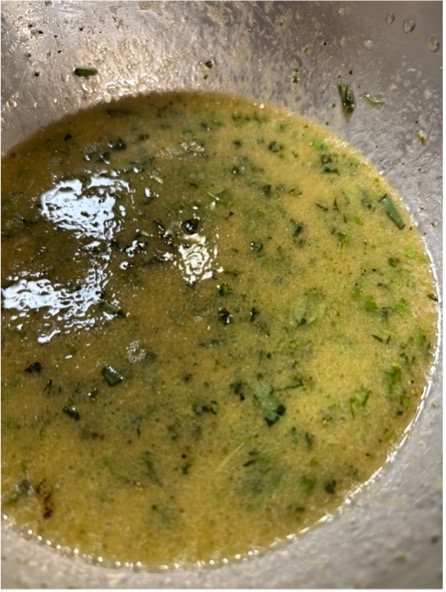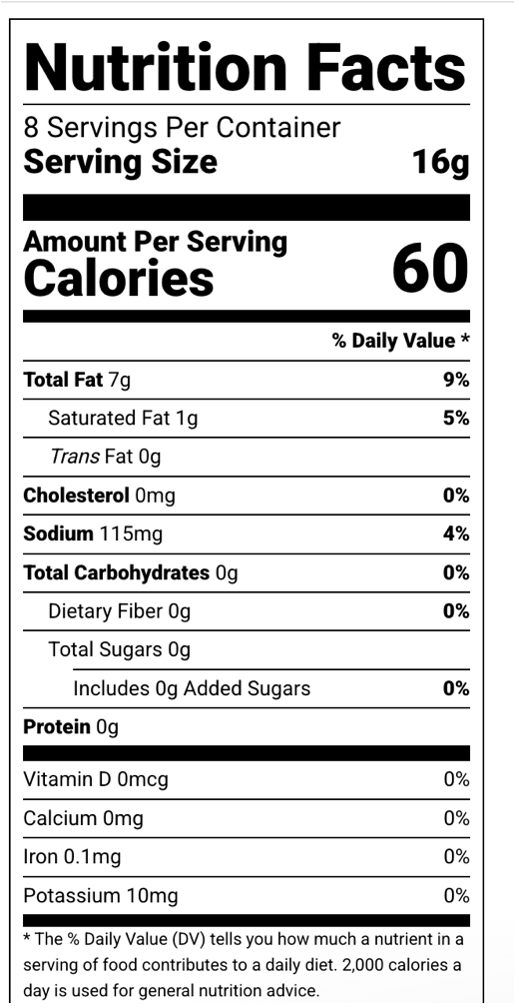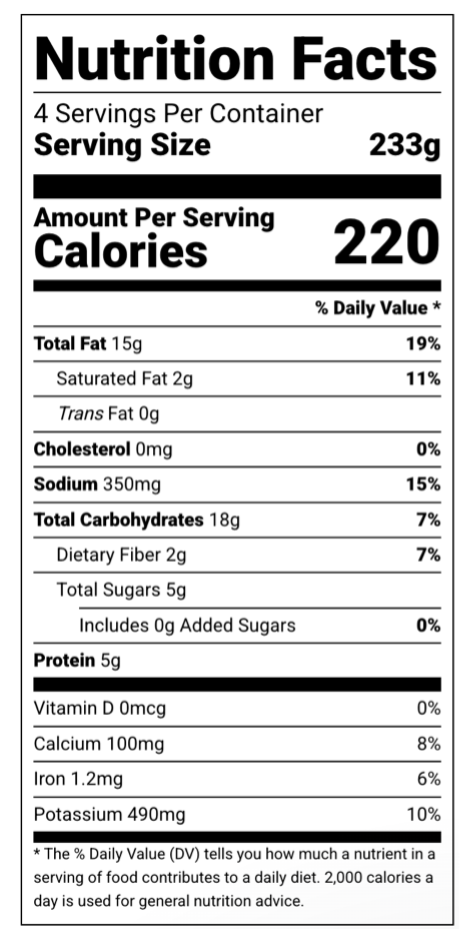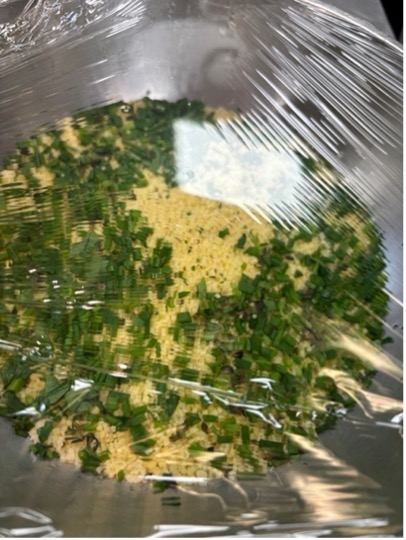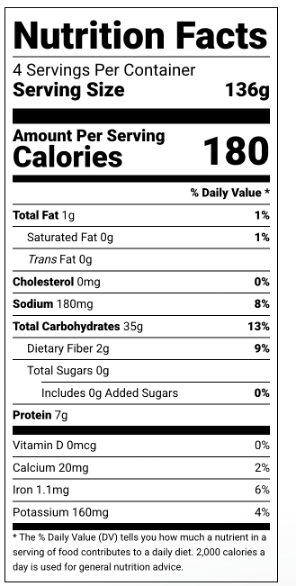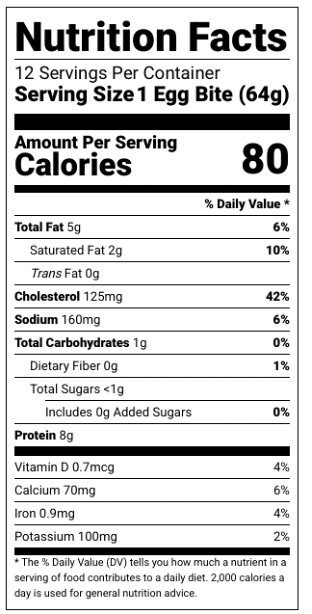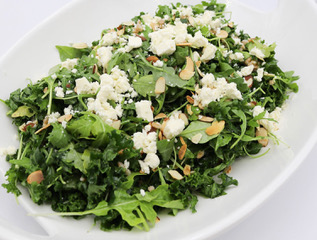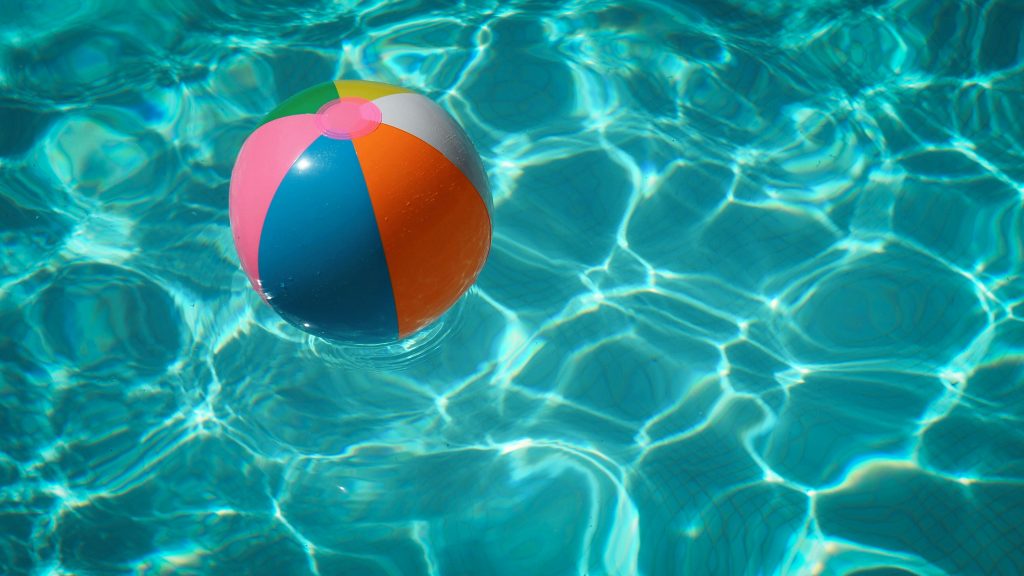
In most parts of the U.S. right now, temps are HOT! If you’re anything like me, you love summer weather, but it doesn’t quite love you back. Though I am going on my fifth North Carolina summer after moving from Michigan, I’m still sometimes shocked by the wall of heat and humidity that hits me when I step outside from June- August. We often say, “It’s not the heat, it’s the humidity that gets ya”…. but truth be told, the heat alone can be as brutal as thick humidity.
Heat can often make us feel exhausted, sluggish, and agitated. While we may feel bad about not having as much energy as usual, or about not “making the most of summer” by enjoying the weather, it is extremely important to use discretion and practice “heat self care” when temps are really hot. It is crucial to do so when your area is under a heat advisory. You can’t fight mother nature, but you can adapt your routines and habits to make sure she doesn’t get the best of you, both mentally and physically. The tips below have helped me immensely in the North Carolina summer heat.
1. Hydrate!!
Drink lots of water. If you eat a generally low-sodium diet, you may want to consider adding electrolytes to your water to increase hydration, often found in the form of dissolvable powders. You can also consider incorporating foods with more water into your diet, such as watermelon, celery, cucumber, pickles, peaches, and tomatoes.
Additionally, it is wise to avoid or limit alcohol in extreme heat. Alcohol is a diuretic, meaning it increases urine production, leading to fluid loss and dehydration. Alcohol also causes vasodilation (the widening of blood vessels), which the body naturally does in hot temperatures to help cool the body down. However, too much vasodilation can cause blood pressure to drop, resulting in dizziness. Alcohol can also impair the body’s ability to regulate temperature. If you are going to drink, be sure to do so in moderation and in a cool setting, while also drinking water.
2. Stay Indoors
It seems like common sense, but sometimes we need a reminder. When temps are raging, it is not the time to push yourself with an outdoor workout. The risk of heat exhaustion, or worse, is not worth the reward. If you need to work out outside, do it in the early morning or late evening. Otherwise, adapt your workout to be indoors or even in a pool. It may be a good opportunity to switch up your routine and try something new.
3. Utilize Ice & Cold Water
If you end up getting too hot, hold ice cubes or a bag of frozen veggies or fruit on the back of your neck or forehead. Facial ice rollers, while often used for beauty purposes, are also a great tool to help cool the body down. Taking a cold shower, even if just for 30 seconds or one minute, can also be a quick way to cool down. If you don’t have these available, say if you’re out in public, splash cold water on your face and on the back of your neck in a public restroom or find a cold bottle of water to hold to the back of your neck.
4. Adjust Your Sleep Routine
While nights are cooler than the daytime, they can still be too hot to sleep comfortably. Before you go to bed, lower the AC a couple degrees. Consider turning on the ceiling fan or a floor fan facing your bed, ideally oscillating to keep cold air flowing throughout the whole room. Sleep in lightweight, cotton clothing. Ditch the big comforter for a lightweight cotton quilt or throw blanket.
5. Find the Shade
If you have to be outside, find a shady spot BEFORE you feel you need it. Plan ahead so that you are in spots that have guaranteed shady spots accessible. You may consider wearing a wide-brimmed hat, or carrying an umbrella outside to shade yourself. You may also want to carry a handheld fan for when there is no breeze. Of course, wear sunscreen whenever going outside, and don’t forget spots like the back of the neck, tips of the ears, scalp, and even your feet!
You don’t have to suffer in the summer heat. Plan, adapt, and use discretion to stay safe and cool. Check on the people (and pets) around you to make sure everyone has what they need to keep their environment cool and comfortable. Together, we’ll beat the heat!
Don’t miss another great blog: Subscribe Now



